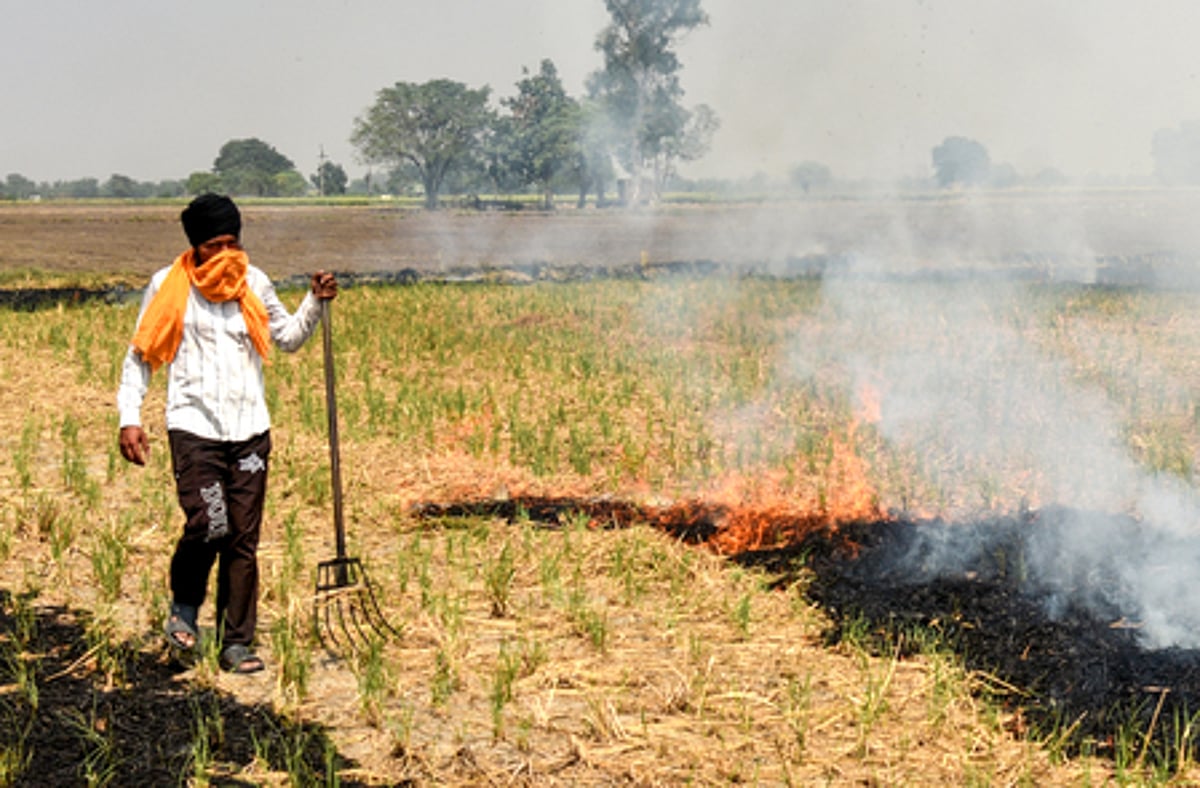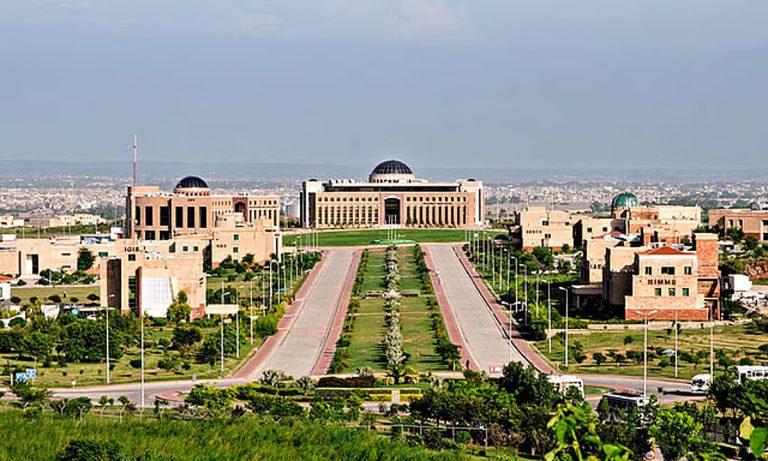Floods Reduce Stubble Burning, Improve Delhi Air Quality
Recent floods in Punjab and Haryana have inadvertently reduced stubble burning activities, leading to a notable improvement in air quality in Delhi. This unexpected weather event has highlighted the intricate relationship between agricultural practices and urban pollution levels, particularly in the National Capital Region.
Floods and Stubble Burning Reduction
The floods that occurred in 2025 have been described as an “unplanned intervention” that resulted in a staggering 77% decrease in stubble burning in Punjab and Haryana. This reduction has contributed to a 15.5% drop in Delhi’s average PM2.5 levels compared to the same period last year, according to an analysis based on data from the Central Pollution Control Board (CPCB) and NASA.
PM2.5 refers to fine particulate matter with a diameter of 2.5 microns or less, which poses significant health risks when levels exceed 50 µg/m³. Despite the reduction in stubble burning, Delhi’s PM2.5 levels still remained above this threshold, indicating that other pollution sources, such as traffic, industrial emissions, and dust, continue to contribute to air quality issues.
The Role of Climate Events
The floods disrupted agricultural activities, delaying harvest cycles and waterlogging fields. This made it challenging for farmers to manage crop residues through traditional burning methods. The researcher involved in the analysis noted that this climatic anomaly offers valuable insights into how stubble burning impacts air quality in urban areas.
The data revealed a direct correlation between the reduction in stubble burning and improved air quality in Delhi. The analysis compared the first 12 days of October in 2024 and 2025, showing that the decrease in burning events led to cleaner air, even without significant policy changes or enforcement actions.
Persistent Pollution Challenges
While the reduction in stubble burning has provided immediate benefits for air quality, experts caution that sustained improvements will require addressing emissions from urban and industrial sources. The analysis highlighted that, despite the significant drop in agricultural burning, non-agricultural pollution sources have become more dominant in contributing to residual pollution levels in Delhi.
From October 1 to 12, 2024, Punjab recorded 392 stubble burning incidents, which fell to just 105 in the same period in 2025, marking a 73.2% decrease. In Haryana, incidents dropped from 387 to 70, an 81.9% reduction. During this timeframe, Delhi’s average PM2.5 levels decreased from 60.79 µg/m³ in 2024 to 51.48 µg/m³ in 2025.
Enforcement and Agricultural Practices
The significant decline in stubble burning in Haryana has been attributed to strict enforcement measures against offenders. Agricultural experts emphasize the need for sustainable practices to manage crop residues, as many farmers resort to burning to quickly clear fields for the next crop. Traditional methods of clearing fields by hand or adopting alternative crops could mitigate the reliance on burning.
As winter approaches, the combination of smoke from burning stubble, vehicle emissions, and industrial discharges contributes to the seasonal smog that envelops Delhi. The reduced wind speed following the monsoon exacerbates this issue, making it crucial to address all sources of pollution.
FAQs
What caused the reduction in stubble burning in Punjab and Haryana?
The significant reduction in stubble burning was primarily due to the floods in 2025, which disrupted agricultural activities and made it difficult for farmers to burn crop residues.
How did the reduction in stubble burning affect air quality in Delhi?
The decrease in stubble burning led to a 15.5% reduction in Delhi’s average PM2.5 levels, highlighting the link between agricultural practices and urban air quality.
What are the long-term solutions for improving air quality in Delhi?
Long-term improvements in air quality will require addressing emissions from various sources, including traffic and industry, in addition to managing agricultural burning practices.
Conclusion
The floods in Punjab and Haryana have led to a significant decrease in stubble burning, resulting in improved air quality in Delhi. However, while this reduction has provided immediate benefits, ongoing efforts are necessary to tackle pollution from other sources to ensure sustained improvements in air quality. Addressing both agricultural practices and urban emissions will be essential for a healthier environment in the National Capital Region.
Also Read:
Daily Horoscope Insights for October 15, 2023
HOT Systems Showcases AI Solutions at GITEX Global 2025
Hamas Regains Control in Gaza Amid Ongoing Ceasefire Tension







